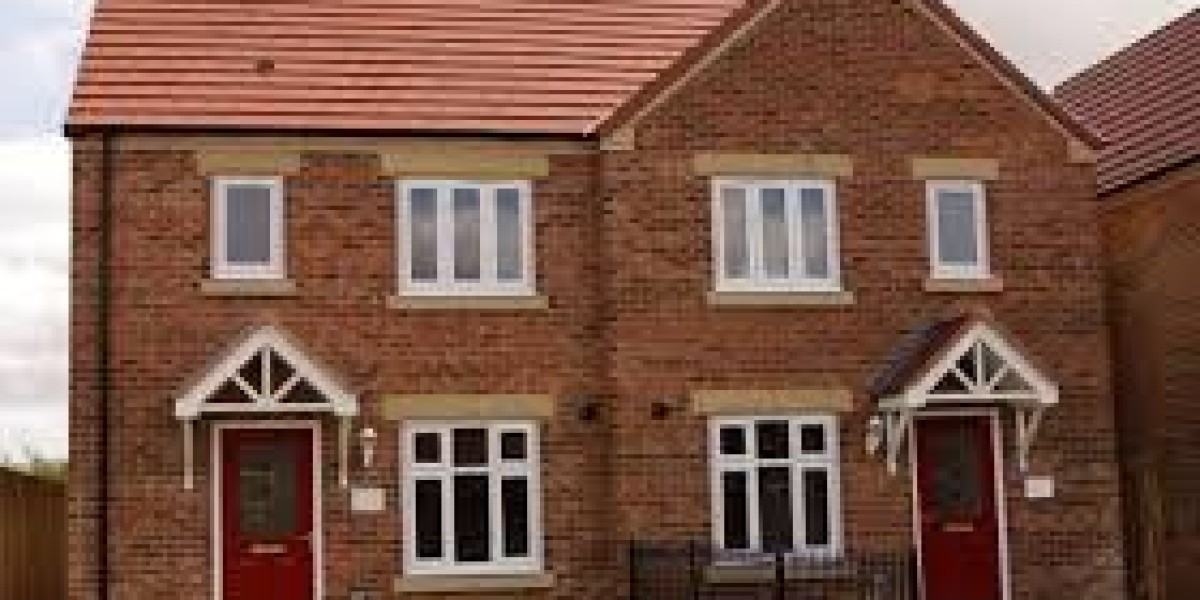Introduction
Aluminium windows have become increasingly popular in modern architecture due to their durability, aesthetic appeal, and energy efficiency. This report explores the various aspects of aluminium windows, including their advantages, applications, manufacturing processes, and emerging trends in the market.

1. Understanding Aluminium Windows
Aluminium windows are made from aluminium frames that provide structural support and hold the glazing (glass) in place. They are available in various styles, including casement, sliding, tilt-and-turn, and fixed windows, allowing for versatility in design and functionality. The lightweight nature of aluminium makes it an ideal choice for large window installations, enabling expansive views and natural light in buildings.

2. Advantages of Aluminium Windows
2.1 Durability and Strength
One of the primary advantages of aluminium windows is their durability. Aluminium is a robust material that can withstand harsh weather conditions without warping, cracking, or fading. This strength makes aluminium windows suitable for both residential and commercial applications, where longevity is a critical factor.
2.2 Low Maintenance
Aluminium windows require minimal maintenance compared to other materials such as wood. They do not need to be painted or stained regularly and can be easily cleaned with soap and water. The natural resistance of aluminium to corrosion and rust further enhances its low-maintenance appeal.
2.3 Energy Efficiency
Modern aluminium windows often feature thermal breaks, which are insulating materials placed between the inner and outer frames. This design significantly reduces heat transfer, improving energy efficiency and helping to maintain comfortable indoor temperatures. Additionally, double or triple glazing options can further enhance insulation properties.
2.4 Aesthetic Versatility
Aluminium windows are available in a wide range of colors and finishes, allowing homeowners and architects to achieve the desired aesthetic for their projects. The sleek and modern look of aluminium frames complements various architectural styles, from contemporary to traditional.
2.5 Sustainability
Aluminium is a highly recyclable material, making it an environmentally friendly choice. The recycling process for aluminium requires only 5% of the energy needed to produce new aluminium, significantly reducing the carbon footprint associated with window manufacturing.
3. Applications of Aluminium Windows
Aluminium windows are used in various settings, including:
3.1 Residential Buildings
Homeowners often choose aluminium windows for their strength, aesthetics, and energy efficiency. They are especially popular in modern homes where large glass panels are desired for natural light and views.
3.2 Commercial Buildings
In commercial applications, aluminium windows are favored for their durability and low maintenance. They are commonly used in office buildings, retail spaces, and industrial facilities, where longevity and performance are crucial.
3.3 High-Rise Buildings
Aluminium windows are ideal for high-rise buildings due to their lightweight nature and structural integrity. They can support larger panes of glass, allowing for expansive views and natural light in urban environments.
3.4 Renovation Projects
Aluminium windows are often used in renovation projects to replace older, less efficient windows. Their ability to fit into existing frames and their modern aesthetic make them a popular choice for updating building facades.
4. Manufacturing Process
The manufacturing process of aluminium windows involves several key steps:
4.1 Extrusion
Aluminium is extruded into various shapes and profiles using high-pressure machinery. This process allows manufacturers to create custom designs tailored to specific architectural requirements.
4.2 Surface Treatment
To enhance the appearance and durability of aluminium windows, surface treatments such as anodizing or powder coating are applied. Anodizing creates a protective oxide layer, while powder coating provides a wide range of color options and finishes.
4.3 Assembly
After the frames are extruded and treated, they are cut to size and assembled with the necessary hardware, such as hinges, locks, and handles. The glazing is then installed, completing the window unit.
4.4 Quality Control
Quality control measures are implemented throughout the manufacturing process to ensure that the windows meet industry standards for performance, safety, and aesthetics.
5. Trends in the Aluminium Window Market
The aluminium window market is continuously evolving, influenced by advancements in technology, design trends, and changing consumer preferences. Some notable trends include:
5.1 Smart Windows
The integration of smart technology into aluminium windows is gaining traction. Features such as automated opening and closing, solar control, https://status-vw.co.uk/unveiling-the-classic-elegance-the-volkswagen-karmann-ghia/ and integrated sensors for temperature and light levels are becoming more common, enhancing energy efficiency and convenience.
5.2 Increased Demand for Sustainability
As environmental awareness grows, consumers are increasingly seeking sustainable building materials. Manufacturers are responding by producing aluminium windows with recycled materials and promoting their recyclability, aligning with green building practices.
5.3 Customization
There is a growing demand for customized aluminium window solutions that cater to specific aesthetic and functional needs. Manufacturers are offering bespoke designs, finishes, and sizes to meet the diverse preferences of architects and homeowners.
5.4 Enhanced Thermal Performance
With a focus on energy efficiency, manufacturers are continually improving the thermal performance of aluminium windows. Innovations in thermal break technology and glazing options are helping to reduce energy consumption and enhance comfort in buildings.
Conclusion
Aluminium windows offer a combination of durability, low maintenance, energy efficiency, and aesthetic versatility, making them an ideal choice for a wide range of applications. As the market continues to evolve, advancements in technology and a growing emphasis on sustainability will shape the future of aluminium windows. With their numerous benefits and adaptability, aluminium windows are poised to remain a popular choice in modern architecture for years to come.





